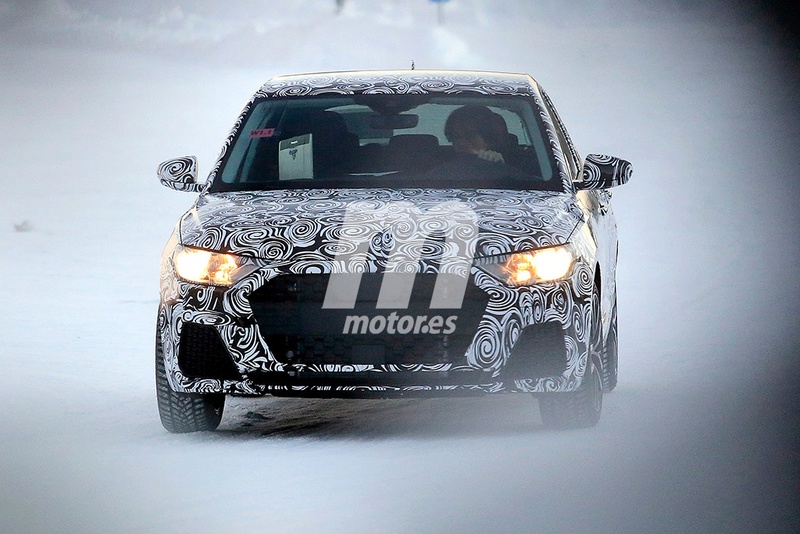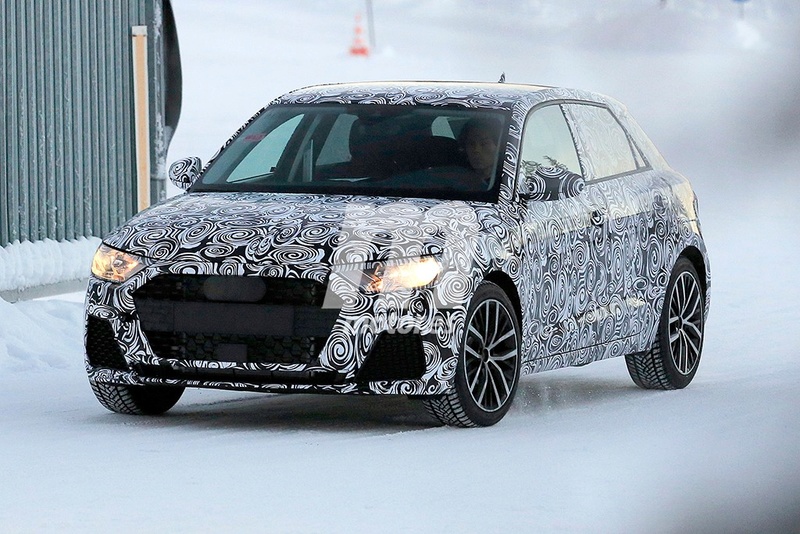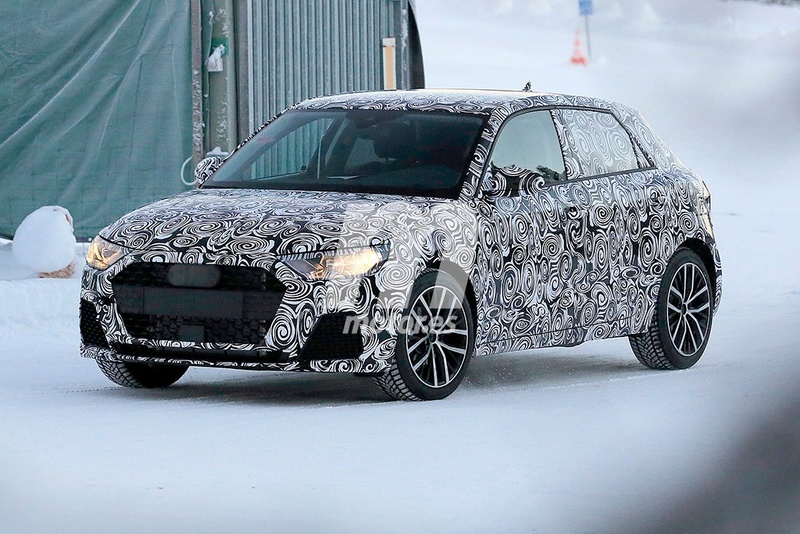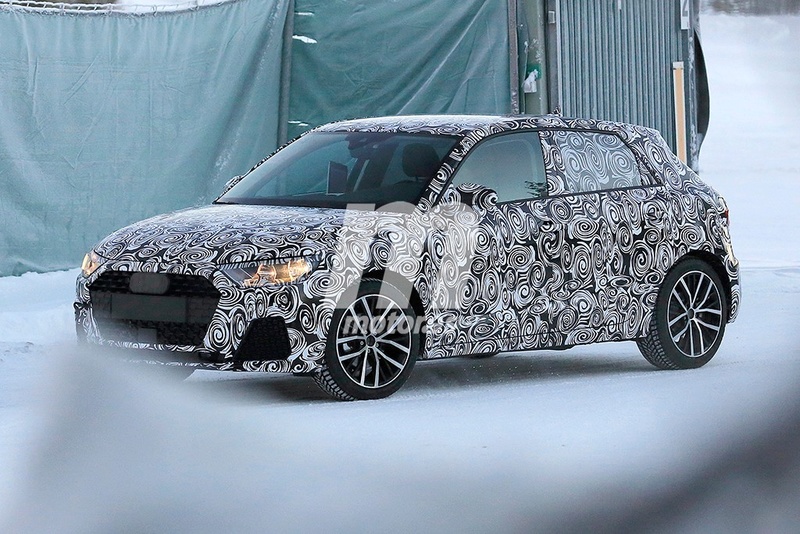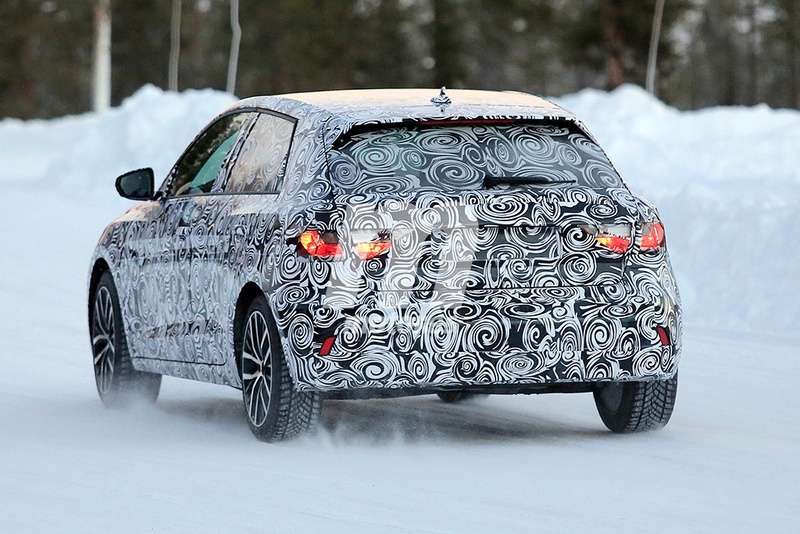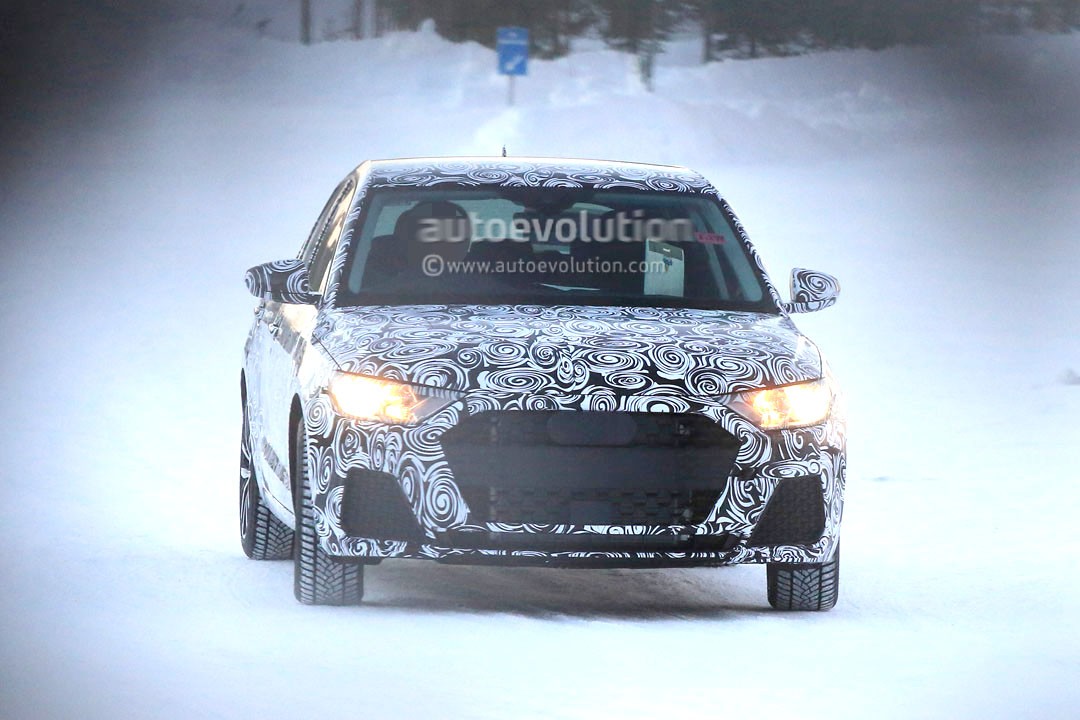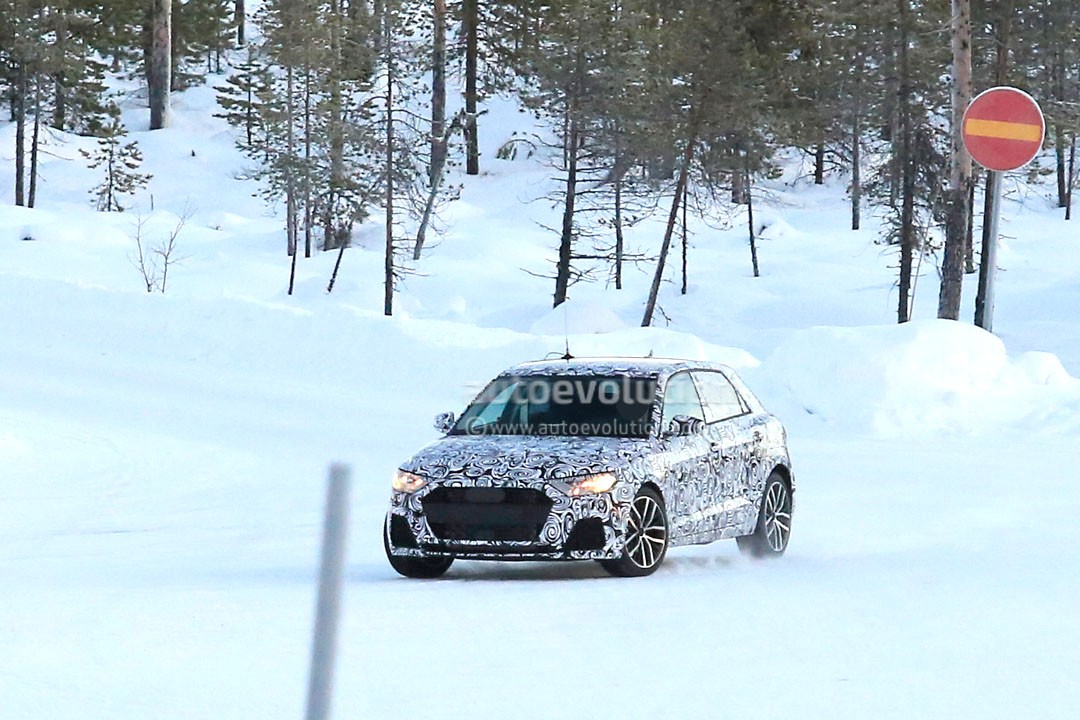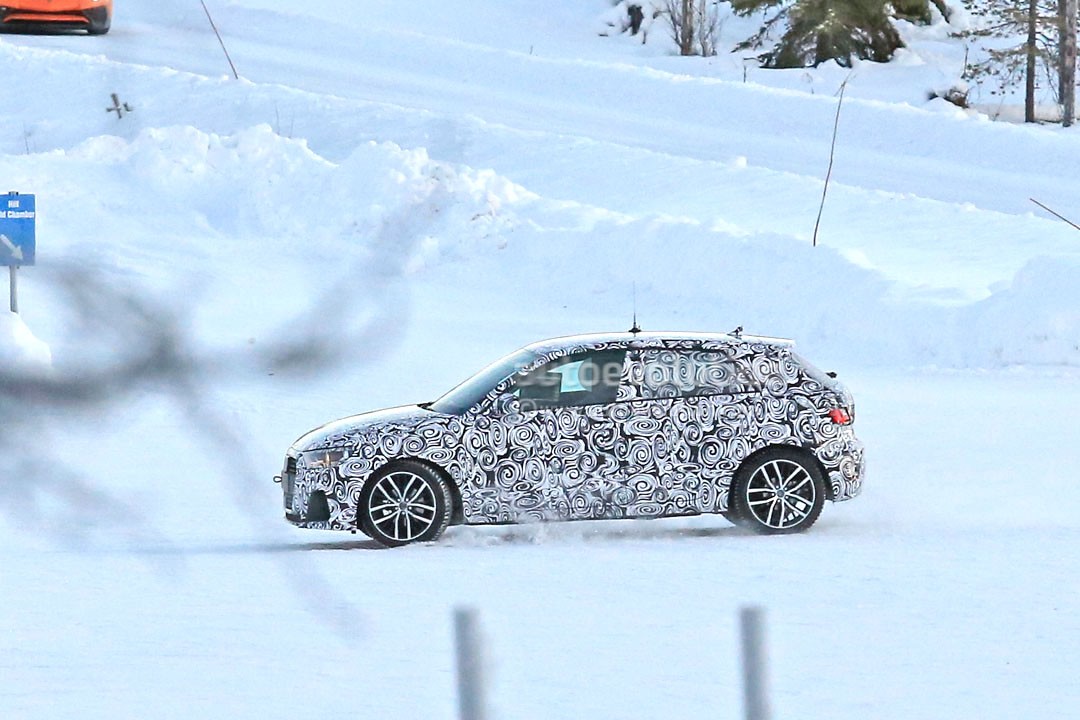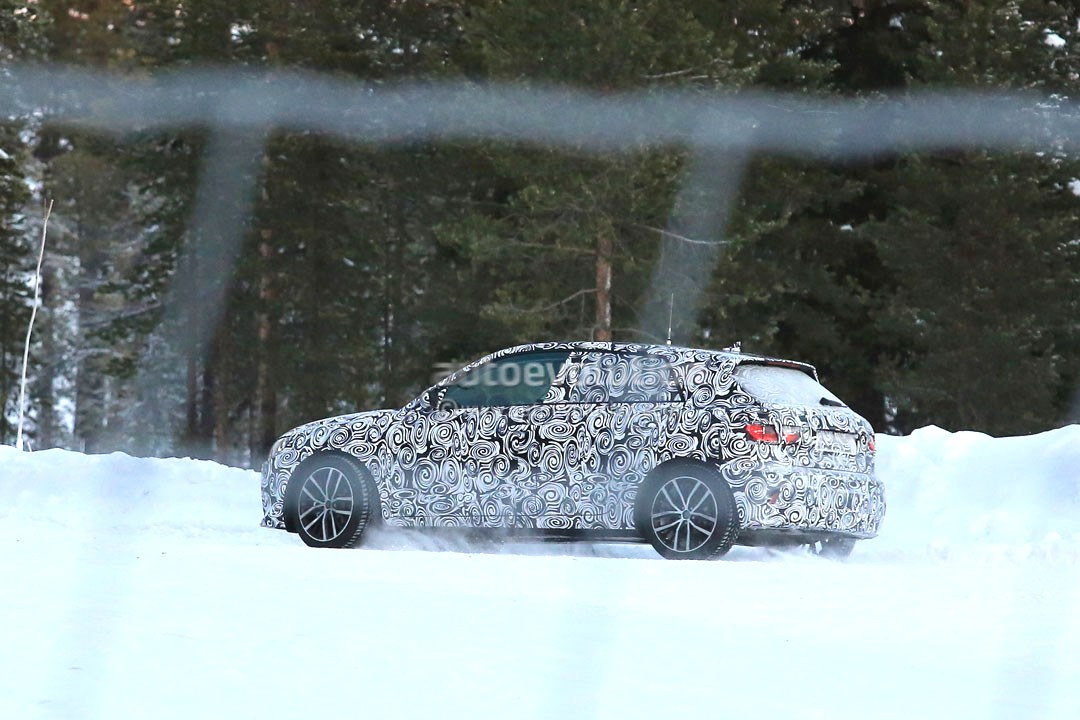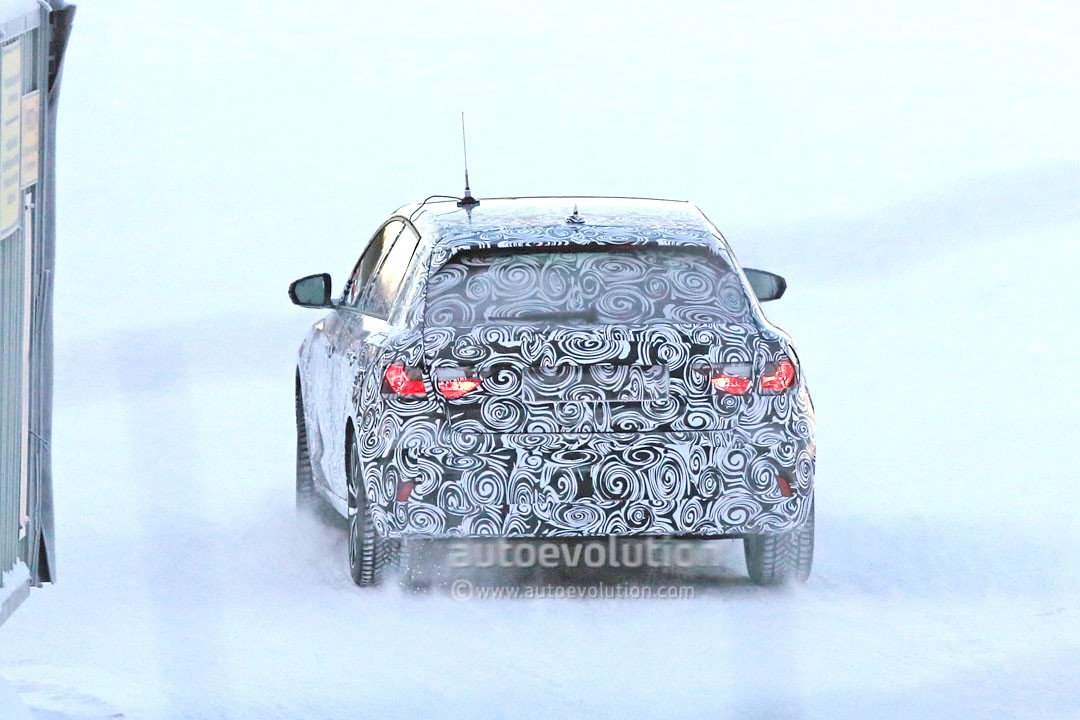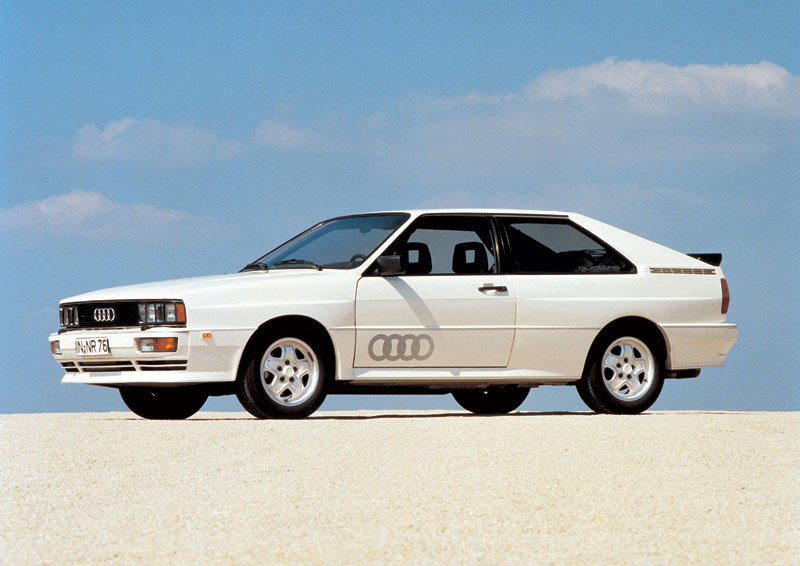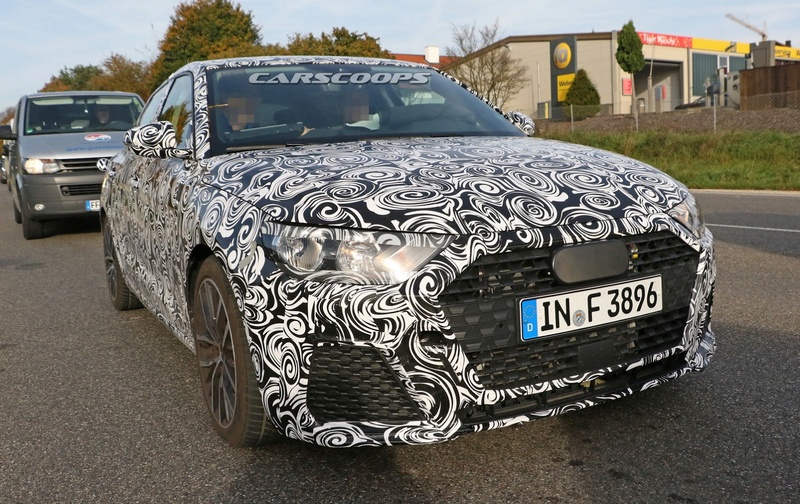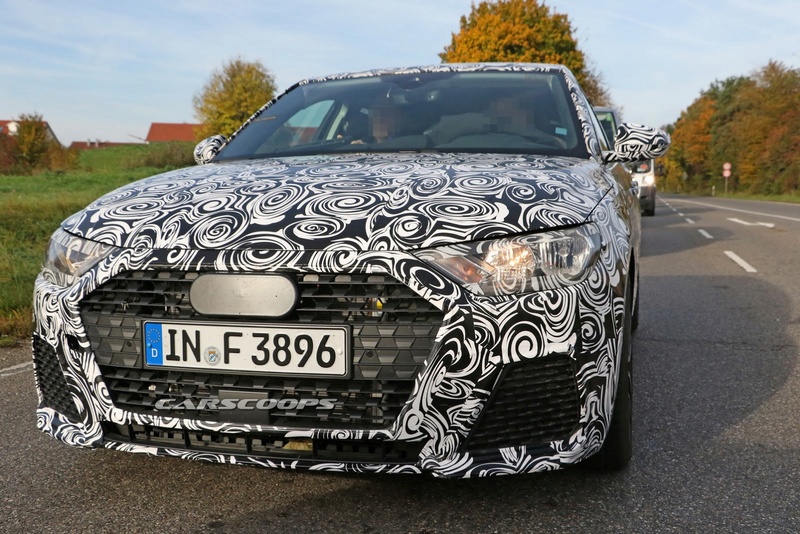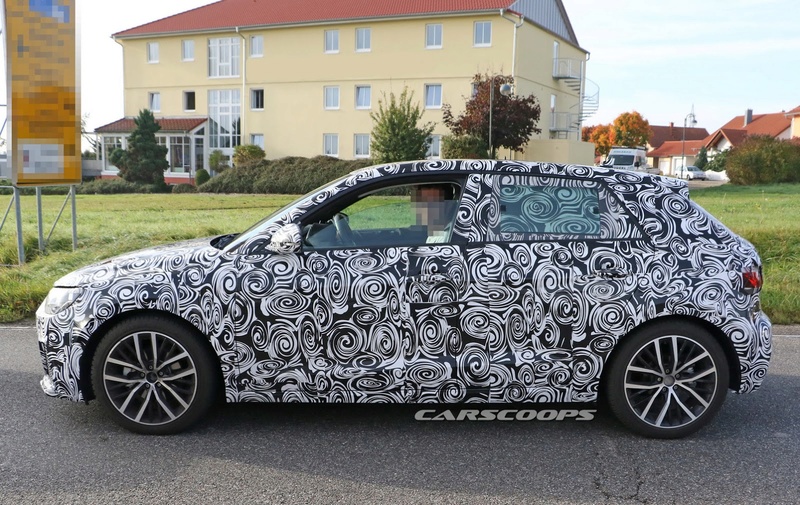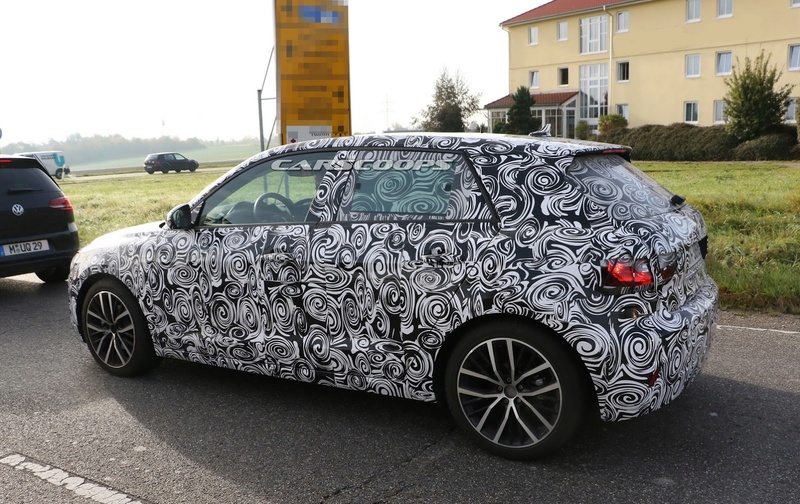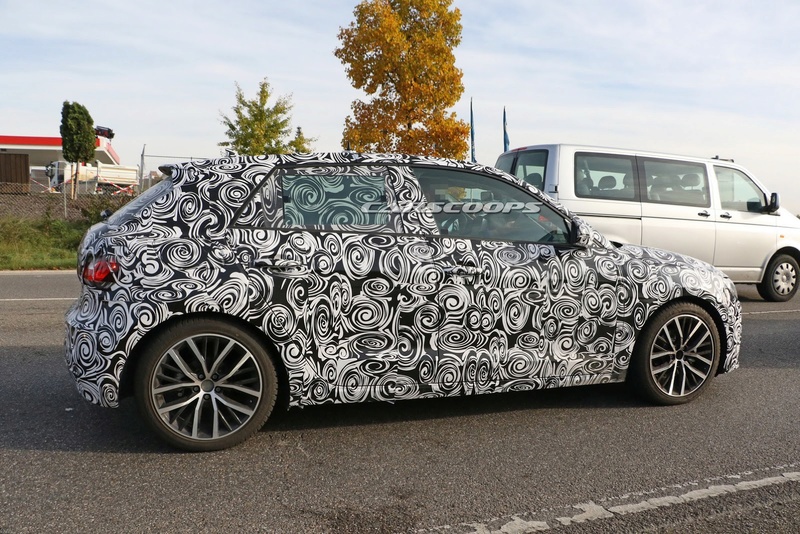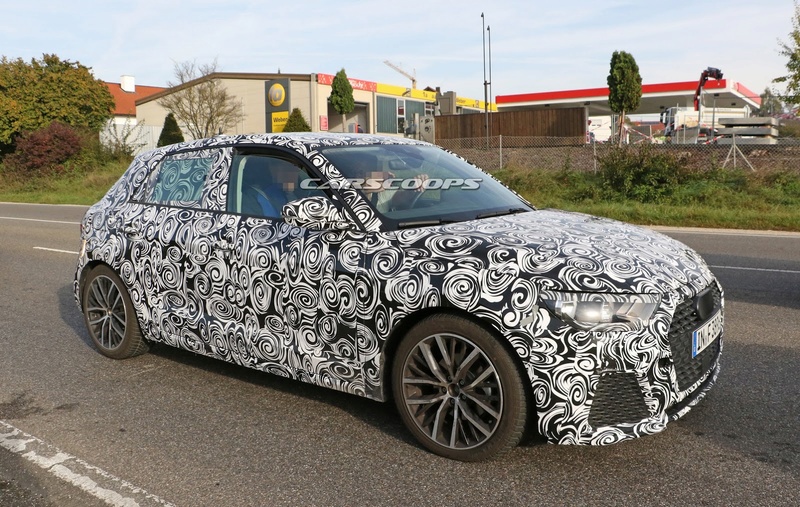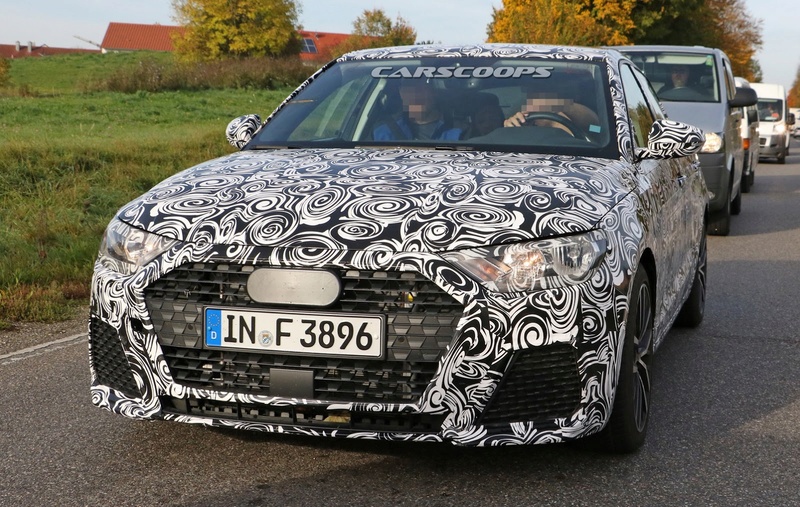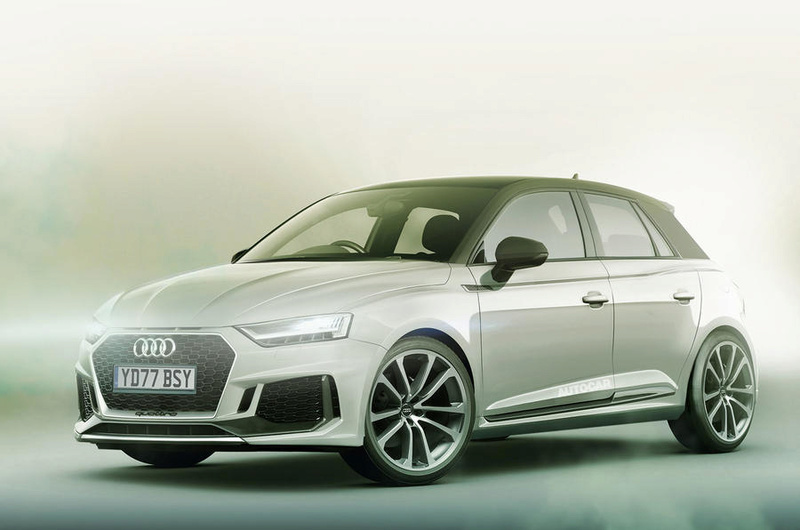
The new second-generation Audi A1 will be both more dynamic and more comfortable than its predecessor, according to insiders at the company’s Ingolstadt headquarters in Germany. The aim, they say, is to eclipse the latest Mini for overall competence.
Audi plans to achieve this by using a new platform structure, a heavily reworked suspension system that features optional adaptive damping control, a new range of engines and updated gearboxes.
The new A1 is due to be launched during the first half of 2018 at a starting price expected to remain close
to the £14,570 of today’s model.
The entry-level Audi has grown in size and receives a brand-new look to make it feel more upmarket and dovetail more seamlessly with the rest of the brand’s line-up.
Among the styling changes seen on prototype versions are a wider grille and a flatter bonnet with three distinctive vents as a nod to earlier Audi competition cars.
A big change for Ingolstadt’s supermini is the end of
the three-door bodystyle. The second-generation model, to be produced by Audi’s fellow Volkswagen Group brand Seat at its plant in Martorell, Spain, will come in five-door Sportback form only.
The move is part of a consolidation of Audi models intended to make savings that will be channelled into the development of electric cars.
The starting point for the new A1 is a new platform. The old PQ25 structure, dating back to 2001, has been replaced
by a more contemporary
MQB AO architecture, which incorporates engineering solutions already used by the A3 for greater amortisation of production costs.
The new platform employs a combination of aluminium and hot-formed steel within the floorpan. Its adoption
for the new A1 provides the scope for an increase in external dimensions, with the wheelbase alone up by 94mm to 2564mm.
Ingolstadt officials confirm that the new A1 has grown slightly, reflecting the shift of the latest Polo, with which the A1 shares a significant part
of its mechanical package.
The new structure is also claimed to bring a considerable increase in torsional stiffness — a development that is said to lead to a noteworthy improvement in overall refinement.
“There is a maturity to the new model. The differences are instantly recognisable when you drive it,” said a source involved in recent durability testing of the new A1.
The increase in external dimensions has extended the A1’s length to more than 4000mm and its width beyond the 1740mm of today’s model. As a result, the new A1 is claimed to offer more interior space and luggage-carrying capacity than its predecessor. Much of the added space is dedicated to the rear, which is said to offer greater leg, head and shoulder room.
Inside, there is a new dashboard modelled along the lines of that already seen in the larger A3.
Considerable efforts are being made to ensure that the new model attracts younger car buyers through what Audi describes as class-leading infotainment and connectivity features.
These include the optional Virtual Cockpit digital display and embedded 4G LTE in combination with Android Auto, Apple CarPlay or MirrorLink. Driving assistance functions include Front Assist, City Emergency Braking and Pedestrian Monitoring systems, as well as a tyre pressure monitoring feature and a speed limiter.
The engine line-up for the new A1 largely mirrors the new Polo’s. On the petrol side, today’s turbocharged 1.2-litre four-cylinder TFSI unit will be replaced by a new entry-level turbocharged 1.0-litre three-cylinder TFSI engine delivering up to 113bhp.
Further up the line-up, a turbo 1.5-litre four-cylinder petrol engine with 148bhp slots in as a successor to the older turbo 1.4-litre four-cylinder motor.
Topping the initial range will be the S1, although it isn’t expected to go on sale in the UK until the third quarter of 2018. It eschews the turbo 1.8-litre four-cylinder petrol engine of today’s model for a turbo 2.0-litre four-cylinder petrol engine kicking out up to 250bhp.
The new A1 was originally planned to be launched
with a carried-over turbo 1.6-litre four-cylinder diesel engine with up to 95bhp in combination with a standard selective catalytic reduction filter as standard. However, Audi bosses are said to be reconsidering this in light of the significant drop in sales of diesel-engined small cars.
However, the A1 will receive a natural gas option, in combination with a specially adapted version of the turbo 1.0-litre three-cylinder petrol engine. It won’t be sold in the UK.
Alongside a standard six-speed manual gearbox, buyers will also be able to choose an optional seven-speed dual-clutch S tronic transmission with an automatic shift function.
Whereas the first-generation A1 had four-wheel drive on only the range-topping S1, the new A1 will offer a Haldex-style electro-hydraulic multi-plate-clutch quattro system with a wider range of engines.
Secondo autocar Audi spenderà somme ingenti per lo sviluppo della nuova A1 che crescerà come dimensioni e ambizioni. Solo a 5 porte, trazione integrale o anteriore, più di 4 metri di lunghezza, numerosi gadget tecnologici.
La stessa rivista autocar si chiede se abbia ancora senso sviluppare la nuova A1.
Il segmento B- premium è minisucolo, la stessa mini a 3 porte vende molto meno di prima, Mito verrà cancellata e la futura DS3 sarà una b-suv. Queste utilitarie premium ( tranne la Mini) vendono bene solo in Europa, nel resto del mondo non hanno mercato.
